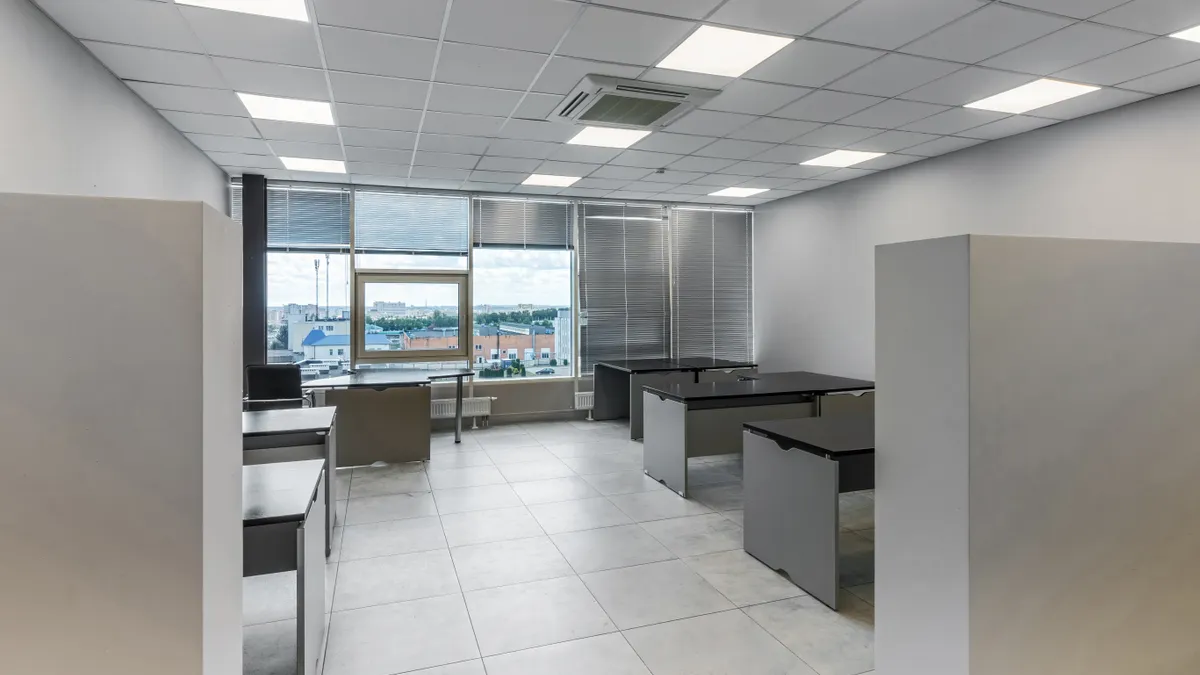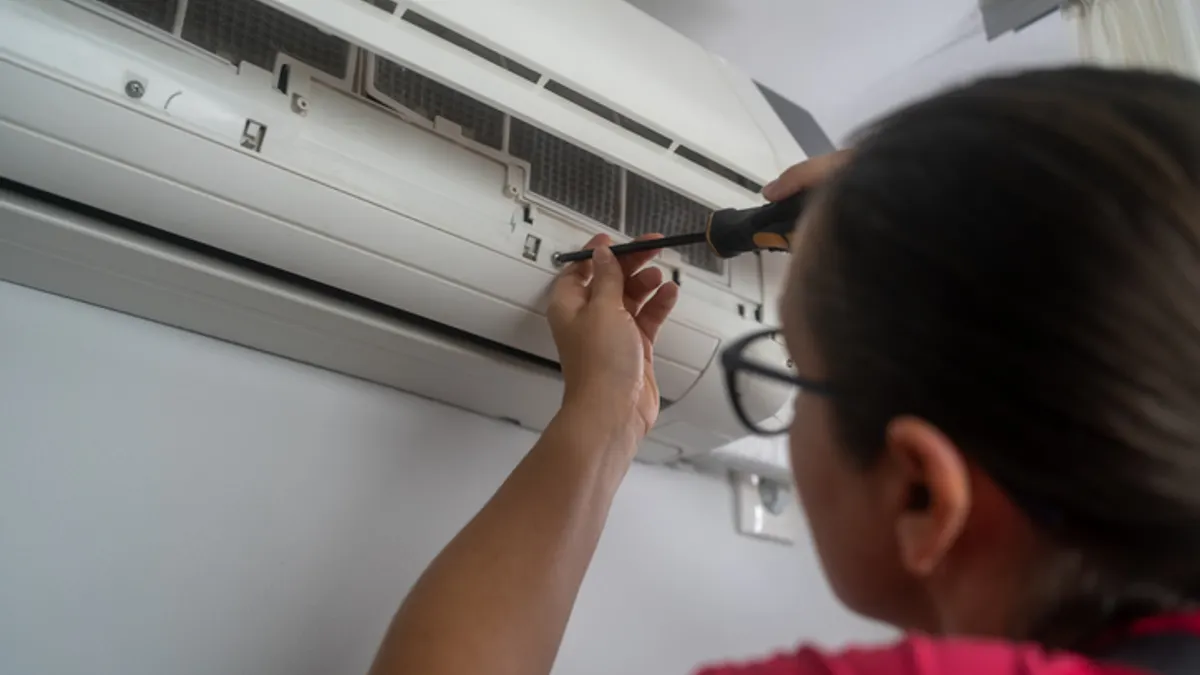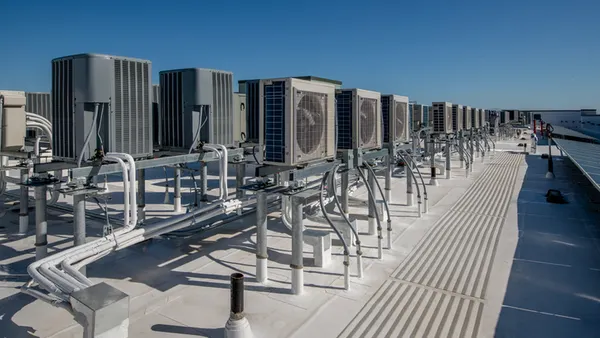Dive Brief:
- Researchers at the University of Houston are working with the Harris County Office of County Administration’s Sustainability Division, the Harris County energy management team and other staff in Harris County, Texas, to develop a baseline of energy use and energy use intensity for the county’s assets.
- Once the baseline is set, the team can monitor progress and assess the effectiveness of energy-saving measures over time, providing a foundation for programs designed to cut energy consumption, maximize savings and increase the use of renewable and resilient energy sources in county-owned buildings and operations, the University of Houston said in an announcement Tuesday.
- This fall, the University of Houston researchers plan to undertake additional building projects, such as upgrades to building automation systems, installing LED lighting systems and developing solar and heat pump incentives. These initiatives aim to lower electricity use by at least 5% annually for county-owned buildings and operations by 2030 and halve greenhouse gas emissions from county-owned buildings in the next five years.
Dive Insight:
The county’s sustainability team and the University of Houston researchers spent the past year working closely with Harris County energy managers Glen Rhoden and Yas Ahmadi, per the university’s announcement. As a first step, their focus has centered on warehousing and analyzing energy consumption from hundreds of county facilities, identifying key summertime energy-saving opportunities and completing retrocommissioning of four county buildings, the university said.
According to Emily Salzberg, managing director of clean buildings at the Washington State Department of Commerce, retrocommissioning — a process that involves ensuring that building systems, such as HVAC and lighting controls, are functioning as they were originally designed to — is a useful strategy for building owners and operators to reduce energy use intensity.
Energy use intensity, or EUI, measures how much energy a building consumes relative to its square footage and can vary depending on climate and other factors, noted Jared Lyles, a mechanical engineer at MD Energy Advisors. Lyles, who spoke at the NFMT Remix Conference in Orlando last October, pointed out that buildings in colder climates or those requiring both heating and cooling generally have higher EUIs.
UH noted that the data analysis, retrocommissioning and efforts to identify cost savings have already generated over $230,000 in annual electricity cost savings, with an average simple payback period of two years.
The UH researchers include: UH Cullen College of Engineering Associate Professor of Engineering Technology and Electrical and Computer Engineering Jian Shi, Moores Professor of Electrical and Computer Engineering Zhu Han and UH research intern Xidan "Delia" Zhang,
“Addressing climate change and the energy transition requires a collaborative effort that is not only data-driven and action-oriented but also human-centric,” Shi said in a statement.
Harris County Director of Sustainability Lisa Lin said in a statement that Harris County has “made significant strides in its energy initiatives,” over the past two years, with its focus on cutting GHG emissions, boosting resilience and garnering cost savings.











